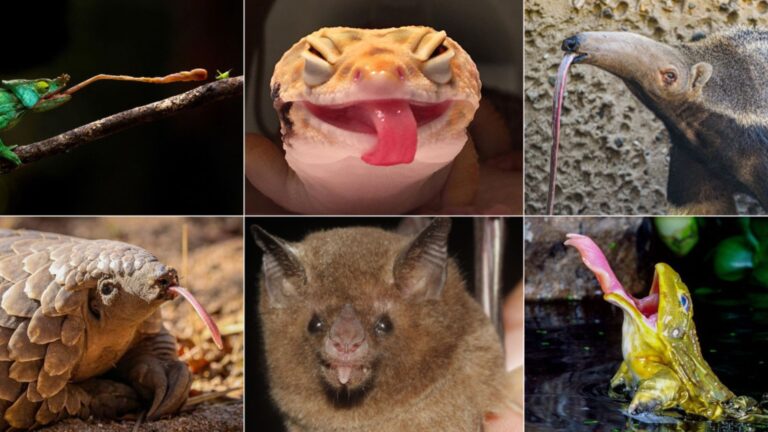What Your Dog’s Tear Stains Reveal About Their Health – And How To Fix It
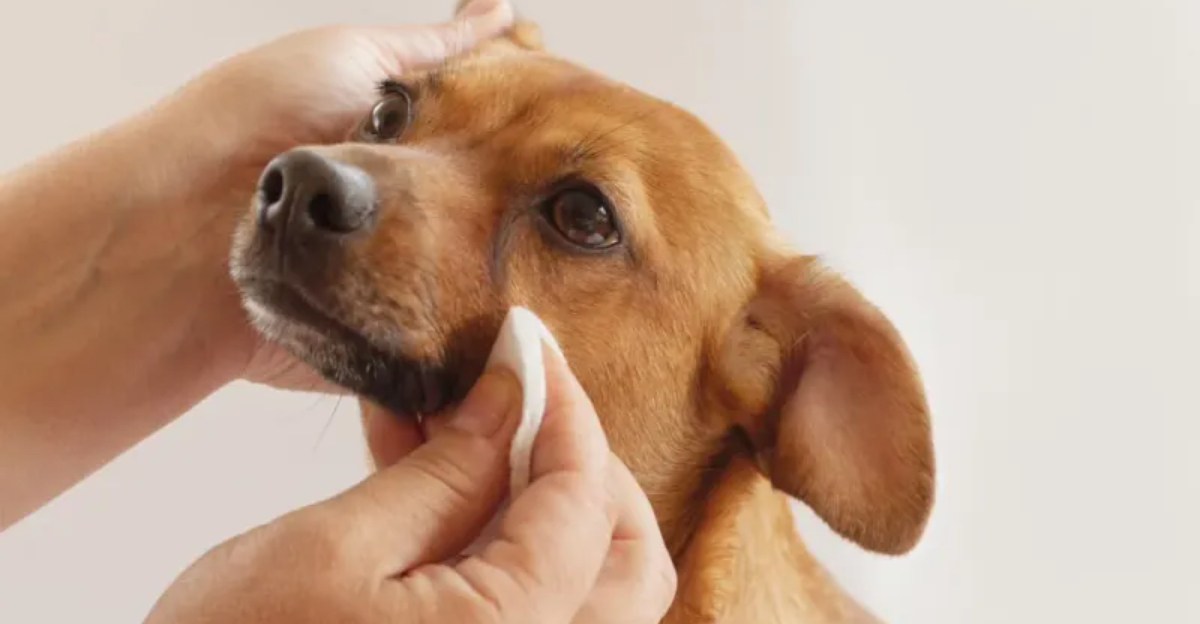
Tear stains on your furry friend might seem like just a cosmetic issue, but they can be windows into underlying health conditions.
From diet to allergies, these stains have a story to tell. Join us as we uncover surprising revelations about what your dog’s tear stains could be indicating and how to address them.
1. Dietary Imbalance
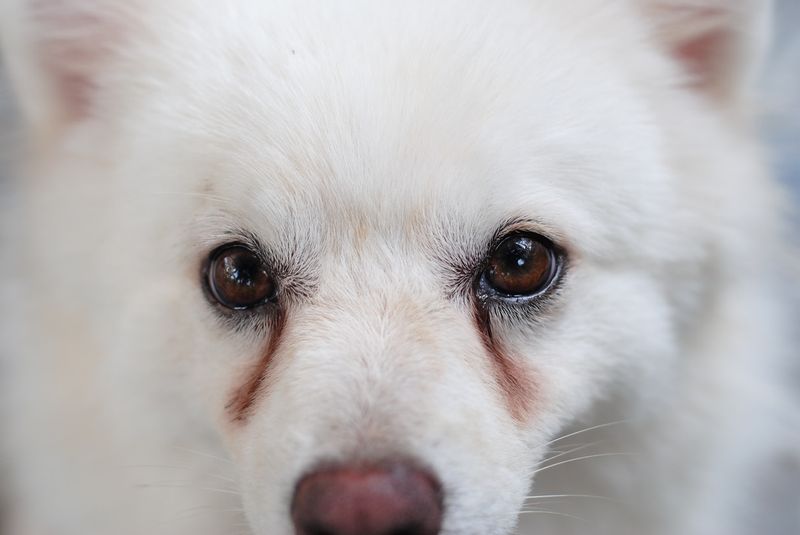
Ever thought your dog’s dinner plate could be leaving marks on their face? A poor diet often shows up as tear stains. The imbalance of nutrients can cause excessive tearing. Switching to high-quality food can make a difference.
Consider consulting your vet to ensure your furry companion’s diet meets their specific needs.
2. Allergies

Tear stains might be your dog’s way of sneezing! Allergies to pollen, dust, or certain foods often result in watery eyes, leading to those pesky stains. A seasonal allergy test could unveil the culprit.
Try hypoallergenic products and consult with your vet for allergy management solutions tailored to your canine’s needs.
3. Eye Infection
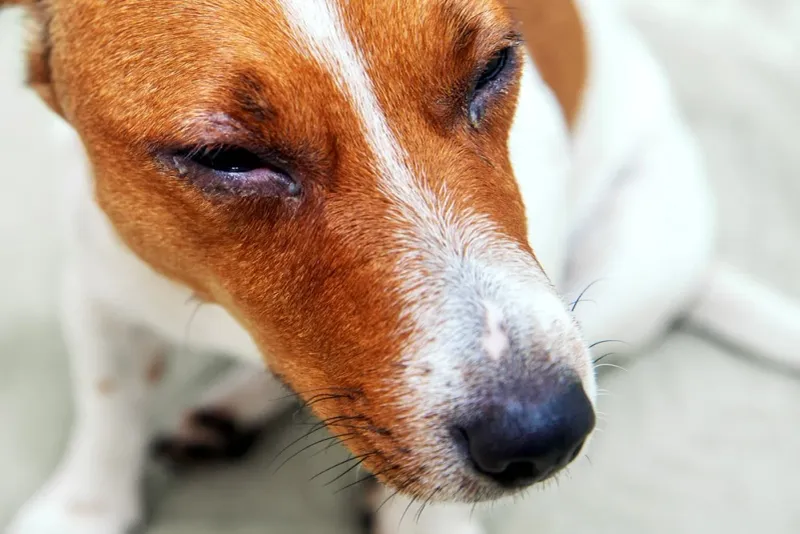
If tear stains appear suddenly, an eye infection might be the culprit. Bacterial or viral infections can lead to increased tear production. It’s essential to get a vet’s opinion, as untreated infections may lead to further complications.
Keep your dog’s eyes clean, and consider using vet-approved eye drops.
4. Breed Predisposition

Some breeds like the Bichon Frise are naturally prone to tear stains. It’s all in the genes! These adorable pups have narrow tear ducts that can cause staining.
Regular grooming and cleaning around the eyes can help manage this hereditary trait, keeping their faces as charming as their personalities.
5. Stress And Anxiety
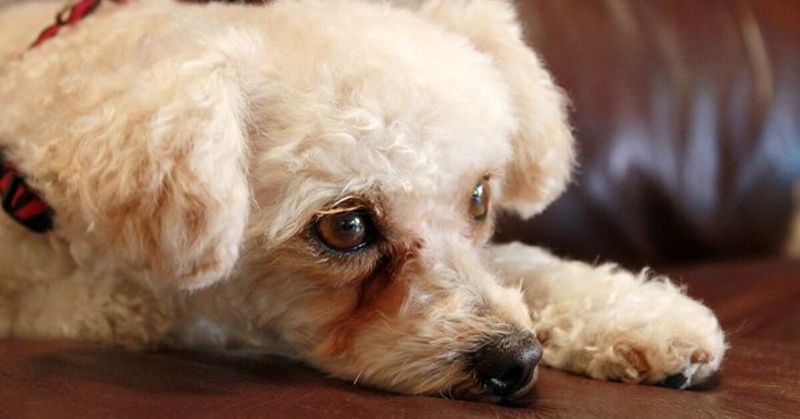
Stress isn’t just a human problem; dogs feel it too! Anxiety can cause excessive tearing, leading to unsightly stains. Changes in the environment or routine might be to blame.
Calm your dog’s nerves with gentle reassurance, and consider stress-reducing products like anxiety wraps or diffusers.
6. Ear Infections

Think ear trouble can’t affect tear stains? Think again! An ear infection may cause tear stains due to the close connection between ear and eye structures.
Regular ear cleaning and veterinary check-ups can prevent this. Keep an eye on any signs of infection, and don’t hesitate to seek professional advice.
7. Dental Problems
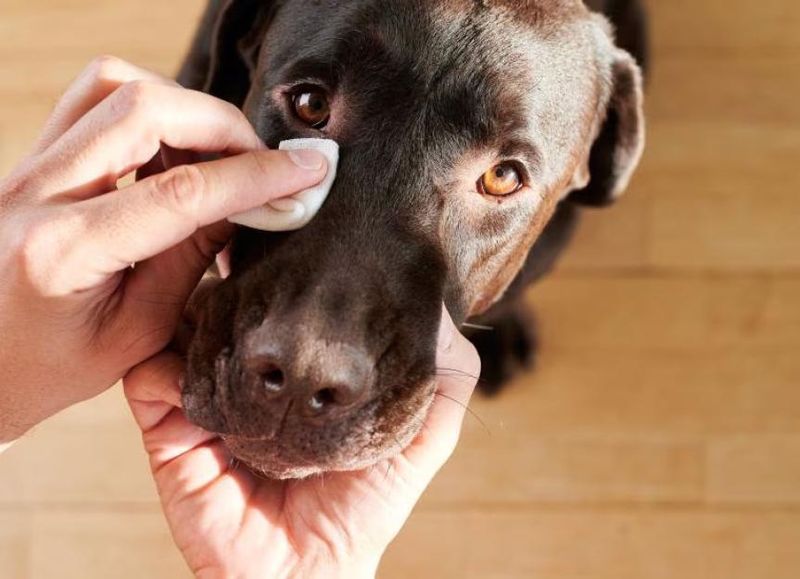
Surprise! Bad teeth can show up as tear stains. Dental issues might cause inflammation that affects tear ducts, leading to staining.
Regular dental check-ups and proper oral hygiene can keep your dog’s smile bright and their eyes clear. Consider dental toys or treats for maintenance.
8. Tear Duct Blockage

If tear stains persist, a blocked tear duct could be to blame. This blockage prevents tears from draining normally, resulting in stains.
A vet can perform a tear duct flush to alleviate this condition. In some cases, surgical intervention might be necessary to restore proper drainage.
9. Poor Grooming Habits
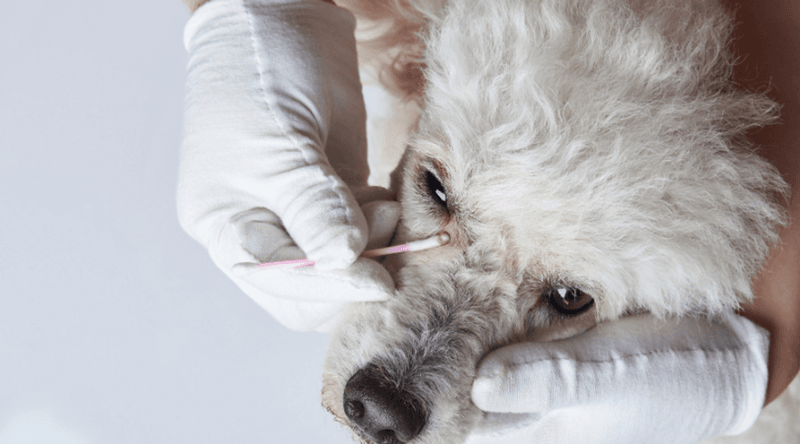
Neglecting regular grooming can make tear stains more pronounced. Overgrown hair around the eyes traps moisture, causing staining.
Routine grooming, including trimming fur around the eyes, can help prevent these stains. A little spa day for your dog might be just what they need!
10. Water Quality

Could your tap water be the villain? Minerals in unfiltered water might contribute to tear stains. Consider using filtered water for your pet’s hydration.
It might seem like a small change, but it could lead to clearer eyes and a healthier pup. Why not give it a try?
11. Medication Side Effects
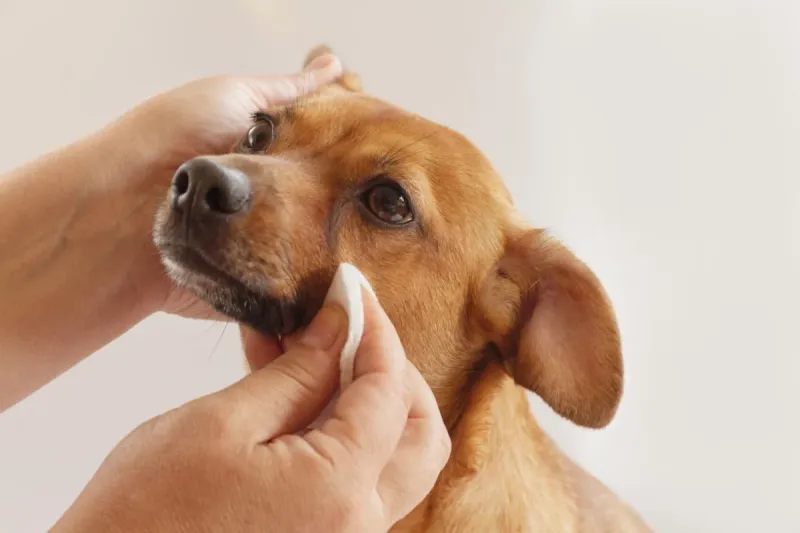
Sometimes, the cure can cause tear stains! Certain medications may lead to increased tear production.
Discuss potential side effects with your vet. If tear stains become a concern, they might adjust the medication or suggest alternatives. Always weigh the benefits and risks with professional guidance.
12. Underlying Health Conditions
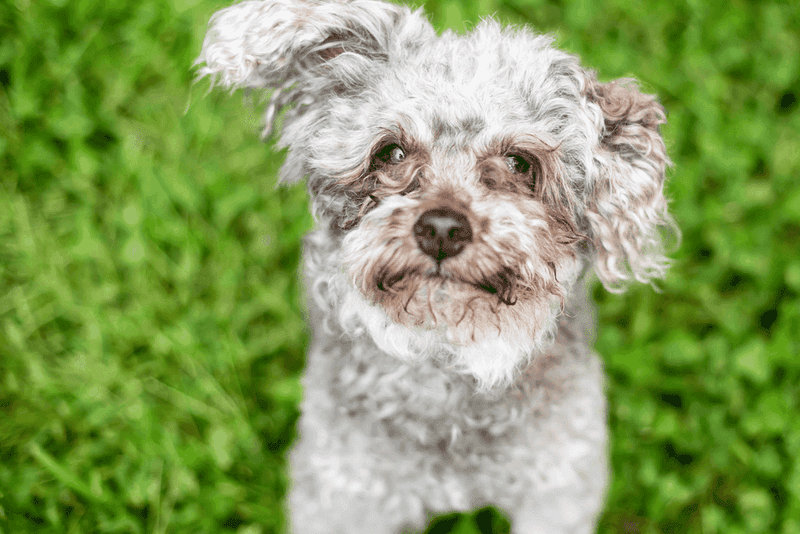
Tear stains could hint at deeper health issues like diabetes or thyroid problems. Chronic illnesses affect tear production and quality.
Regular vet check-ups are crucial for early detection and management. Addressing the root cause can clear up those stains and improve overall health.
13. Age-Related Factors

As dogs age, tear production might increase, causing stains. Older dogs may also experience changes in eye and tear duct function.
Regular veterinary care can help manage age-related changes. Embrace their golden years with gentle care and attention to their evolving needs.


